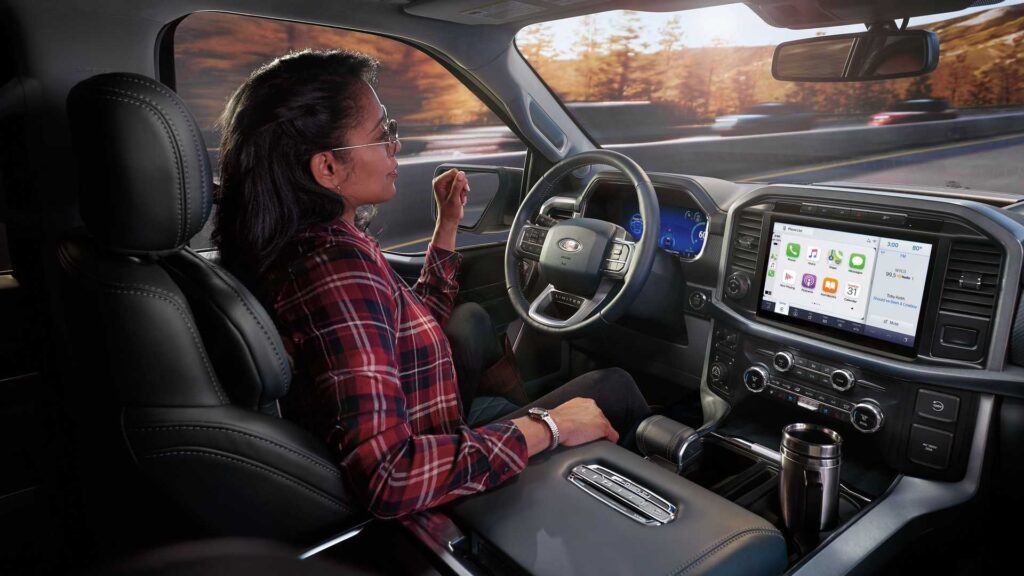The study also found that human drivers were better at negotiating intersections.


June 24, 2024 in 1:03pm ET
Driver assistance systems with partial automation can certainly help prevent crashes, but they have yet to be fully deployed. A recent study analyzed over 37,000 vehicle crashes and found that humans are less likely to crash into curves or in low-light conditions than autonomous technology. And the numbers are far from perfect.
The study, recently published by Nature Communications, found that vehicles using self-driving systems were five times more likely to crash during sunrise and sunset, and twice as likely to crash around curves compared to vehicles driven by humans. The data was based on around 35,000 accidents involving human drivers and around 2,100 accidents involving self-driving systems.
When it comes to low light situations, the study highlights the limitations of cameras and sensors and their lack of ability to adapt to the situation. For example, shadows in the early morning or evening can be mistaken for objects. Fluctuating light is also an issue, wreaking havoc on algorithms and causing confusion within the system. Meanwhile, objects in shadows may not be detected at all. This is borne out by crash tests that consistently show vehicles braking late or not stopping at all for simulated pedestrians and animals.
When it comes to turns, situational awareness is cited as a potential problem for current self-driving systems. While sensors and cameras may not be able to detect every obstacle in a fast-moving area like an intersection, they can do better. The study noted that current systems generally “see” what is relatively close to the vehicle. A human might see thick fog half a mile ahead and take precautions, but an autonomous car would just keep going.
There is evidence to support this: Pre-crash behavior shows that most autonomous vehicles continued in a straight line and at a steady speed before implementing emergency maneuvers, while human-driven cars often slowed down or changed lanes before crashing.
The study considers many variables to reach its conclusion, but the main point is clear: current driver assistance systems are just that: assistance. Automation works well in a linear fashion, but true hands-off/eyes-off Level 4 driving will require much more data collection and study before it becomes a reality.
read more

